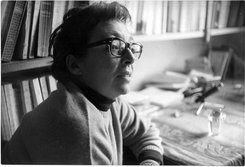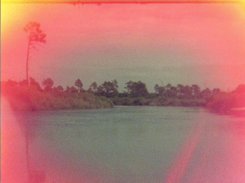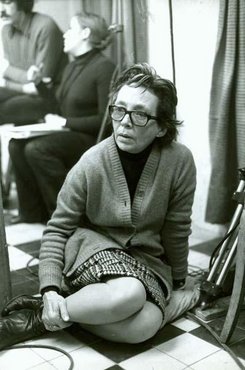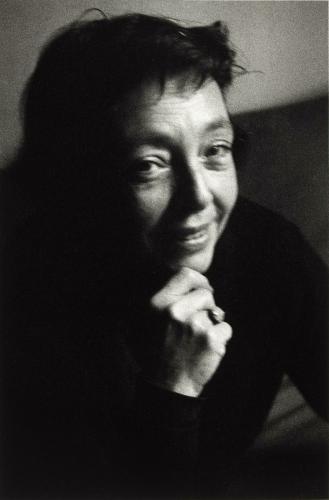Exhibition
Duras Song
Portrait of the writings
15 Oct 2014 - 12 Jan 2015
15 Oct 2014 - 12 Jan 2015
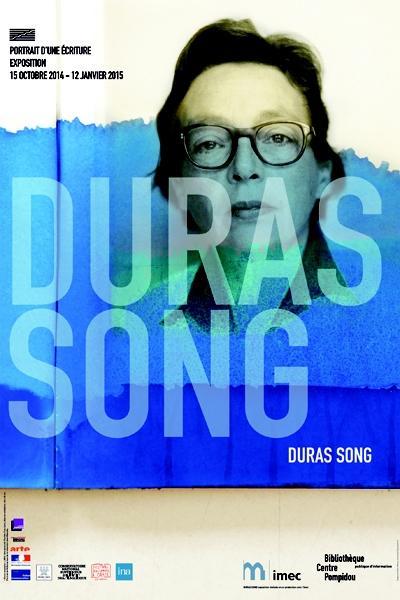
The event is over

"Duras Song": an exhibition depicting a portrait of the writings of Marguerite Duras.
To celebrate the centenary of the birth of Marguerite Duras (1914-1996), the exhibition "Duras Song" draws a portrait of a key body of 20th century literary work. Based on a selection of manuscripts and typed scripts rarely shown to the public (including the last highly-annotated version of India Song), as well as press articles, agency photos and documentary or fiction films, it invites visitors on an in-depth journey through the writings of Duras. Rather than a biographical exhibition devoted to the figure of the author, "Duras Song" aims more to be a "transposition of art" by endeavouring to follow the complex play and "musica" of her writing. Giving rise to major texts like Un barrage contre le Pacifique (1950), Le Ravissement de Lol V. Stein (1964) and L’Amant (1984), participating in the renewal of narrative forms, probing the mysteries of love and the depths of the individual subject, the writing invented by Marguerite Duras is also expressed through experiments in film, such as Hiroshima mon amour (1959) and India Song (1975), in the theatre and on radio.
The exhibition endeavours to respond to an essential question: how to exhibit literature. It is divided into two sections, which profoundly structure the work of Duras: the outside and the inside. Inspired by the two volumes of press articles published as a collection in 1980 (Outside. Papiers d’un jour and Le Monde extérieur. Outside 2), this "outside" part is materialised through a mural work impregnated with methylene blue, created by the Franco-Vietnamese artist Thu Van Tran, the artistic director of the exhibition. It lays out the author's public writings, political commitments and journalistic writings: "From time to time, I would write for the outside, when the outside submerged me, when there were things that made me crazy, outside, in the street …"* The "outside" section shows us the woman writer and the political woman. Raised in colonial Indochina, she certainly took part in the combats of the 20th century, joining the French Resistance in 1943, belonging for a while to the French Communist Party, and protesting against the Algerian War. The second section of the exhibition takes the visitor into the "inside" of Duras' writing, through a staging inspired by the lobby of the Hôtel des Roches Noires in Trouville-sur-Mer, designed by the architect Robert Mallet-Stevens. In 1963, Duras bought an apartment on the first floor of this former luxury hotel, where she wrote many pieces up to the end of her life, and where in 1981 she shot her film Agatha et les lectures illimitées.
Reconstructing the writings of Duras involves following her continuous path and incessant shifts from one medium to another, from the book to the theatre, and from radiophonic plays to films by way of the spoken interview.

Where
Espace Presse
When
15 Oct 2014 - 12 Jan 2015
12pm - 10pm, every mondays, wednesdays, thursdays, fridays18 Oct 2014 - 11 Jan 2015
11am - 9pm, every saturdays, sundays
